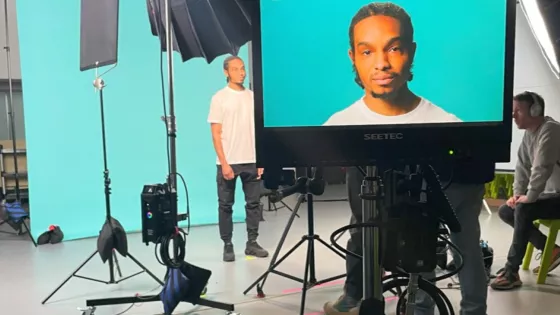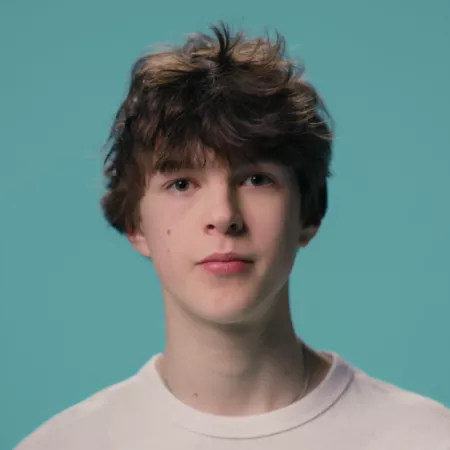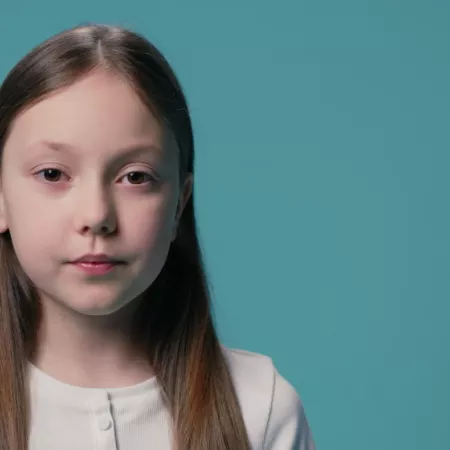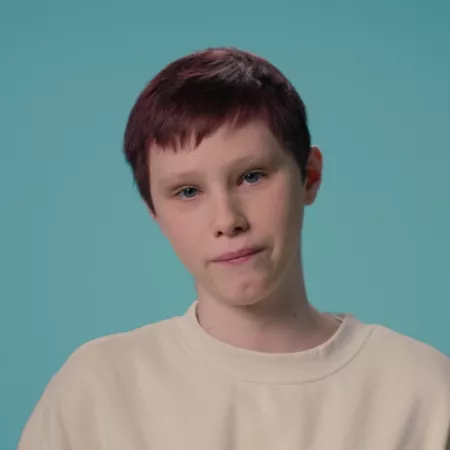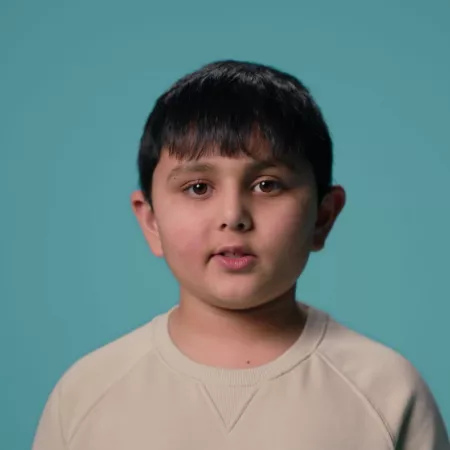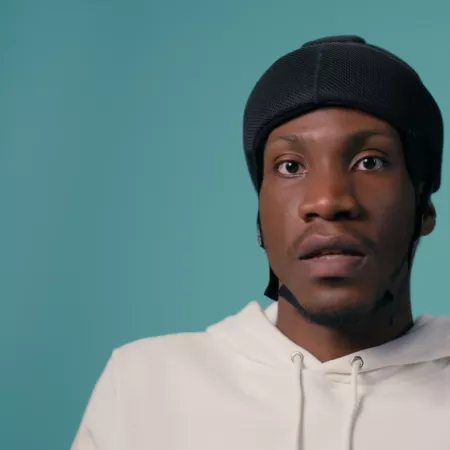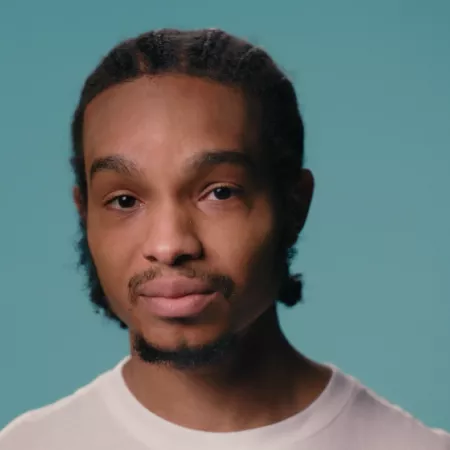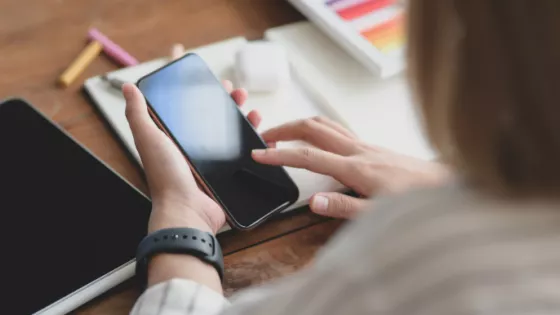Epilepsy doesn’t look the same for everyone. That’s why we made these films - to help you feel seen, heard, and understood.
Why we made these films
Too many people still think all seizures mean you drop to the floor and your body shakes and jerks. But that’s just one type. Seizures can be loud or quiet, unmissable or barely noticeable. And when people don’t get that, it can feel frustrating, isolating, even scary. We plan to change that.
So, we spoke to young people with epilepsy - like you - and worked with the Youth Voice Network. Here’s what you told us:
- Not all seizures look like tonic-clonic seizures, but people often assume they do.
- Some of you are not always believed or taken seriously.
- People sometimes talk over you instead of listening to your experience.
- Ambulances get called when they’re not needed.
- Recovery time can get ignored, like you should just bounce back instantly.
- Schools sometimes send you home when all you need is a bit of time to reset.
- Helping someone with epilepsy isn’t one-size-fits-all. Different seizures need different support.
Who helped make the films
Young people with epilepsy were at the heart of this project. You helped shape the ideas, the scripts, the style. We also worked with a clinical expert to make sure it’s all safe and accurate.
You told us it didn’t feel right to ask someone with epilepsy to act out a seizure. So, we used professional actors who could take direction and make the seizures look real. Our cast is diverse - every young person’s experience of epilepsy is unique to them - so the films reflect a range of ages, identities, backgrounds and abilities - so you can feel seen and heard.
How we made the films
We used slow-mo, animation, and special effects to show what seizures can actually look like, but in a style that resonates with young people and challenges stigma. And we made them mobile-first, so you can watch on TikTok, Insta, YouTube, or our website.
Each film starts with a young person explaining their seizure in their own words. You’ll hear about tonic-clonic, absence, myoclonic, atonic, tonic, and focal seizures. We show what to look out for and how to help - clearly, simply, and without the waffle.
Join the conversation
We want to hear from you. Did the films help you feel more confident? Did the seizure descriptions make sense? Got ideas to make them better? Tell us.
Your feedback helps us make resources that actually work for you and for other young people living with epilepsy.
Together, we can help everyone understand epilepsy and know how to help. No awkwardness. No judgement. Just support, confidence, and respect.

